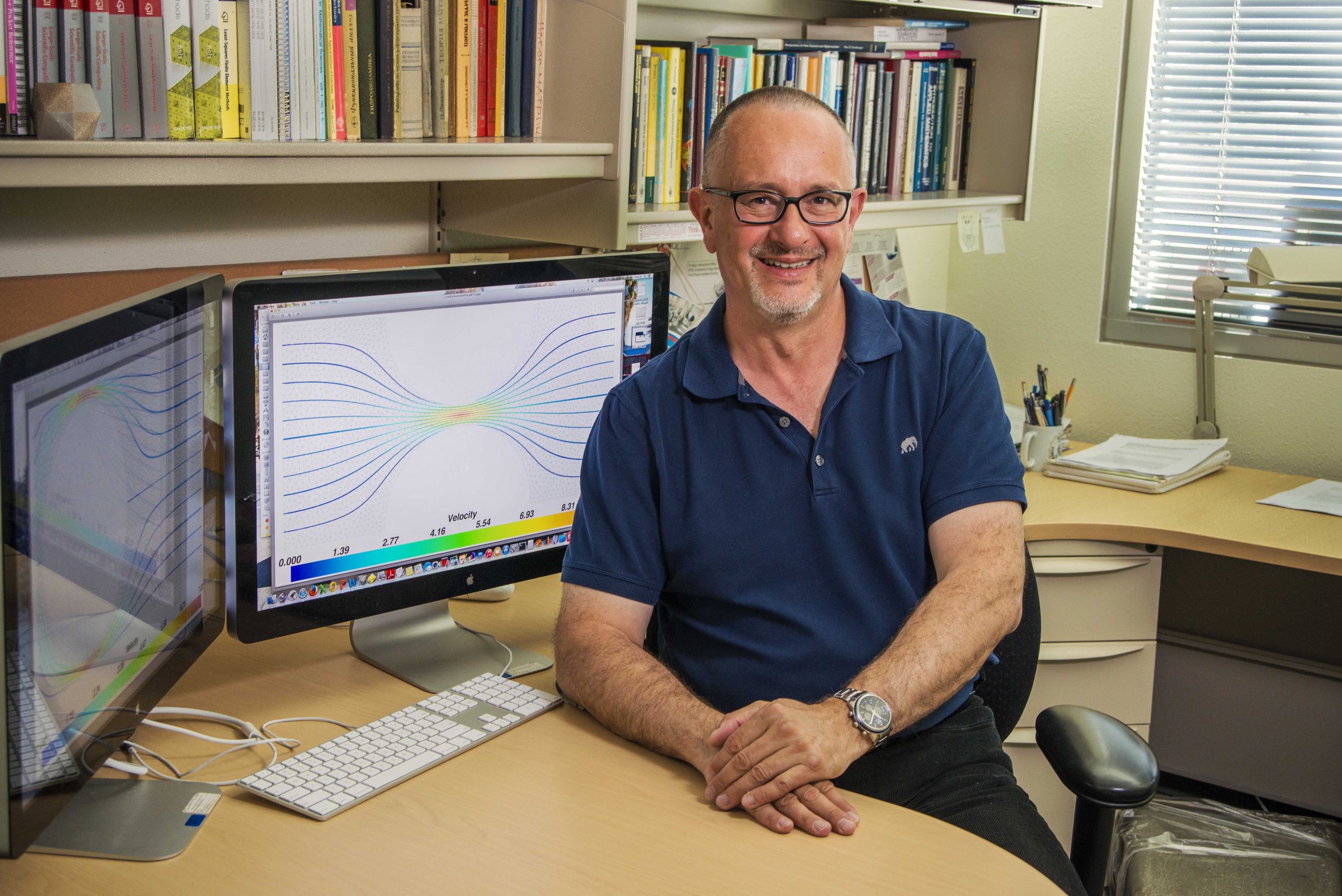ALBUQUERQUE, N.M. — Sandia National Laboratories researcher Pavel Bochev has been awarded the Thomas J.R. Hughes Medal by the U.S. Association for Computational Mechanics.

The award is given biannually for “outstanding and sustained contributions to the broad field of computation fluid dynamics.”
Sandia manager Michael Parks said Bochev was chosen specifically for “foundational contributions to numerical partial differential equations, especially advances in the development and analysis of new stabilized and compatible finite element methods, and software design for advanced discretizations.”
Finite element methods, known as FEM, are a fundamental modeling and simulation tool for science and engineering problems. FEM’s applications range from examining the integrity of the nuclear stockpile to assessing the vulnerabilities and risks of natural and human systems to climate change.
FEM convert differential equations describing physical phenomena, such as fluid flows and electromagnetism, into algebraic equations that can be solved on a computer. Compatible FEM mimic the mathematical structure of these differential equations and can deliver robust and physically meaningful results. However, they also can be more difficult to implement and solve. Stabilized FEM use simpler, generic finite element definitions. But because approximations are involved, the design of successful elements requires careful analysis of the mathematical properties lost and the most appropriate mechanisms to recover them.
“It’s not a trivial problem,” said Bochev.
The award was presented at the 14th U.S. National Congress on Computational Mechanics in Montreal in mid-July. The biannual congresses have an average attendance of 1,200 participants, according to a history of the organization available on its website.